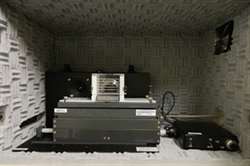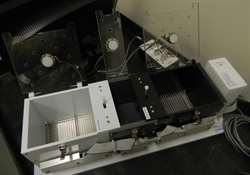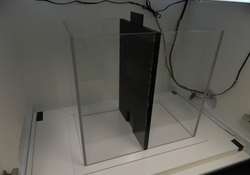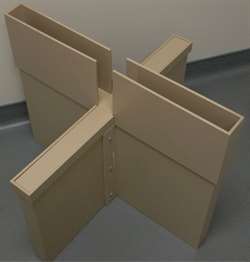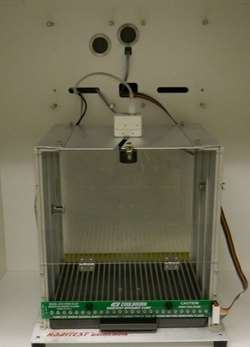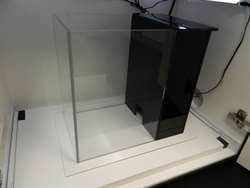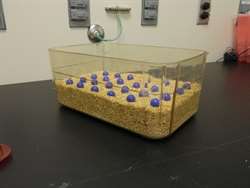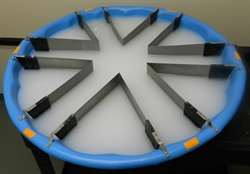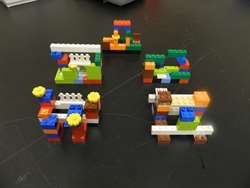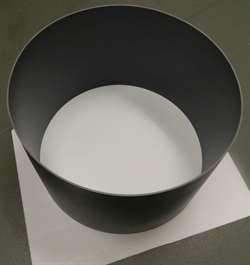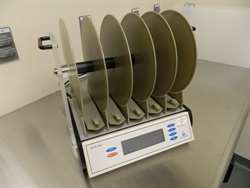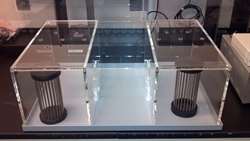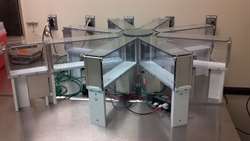MCW Neuroscience Research Center Services
Rodent Behavior Core
The Neuroscience Research Center's Rodent Behavior Core was established to enable laboratories within the Medical College of Wisconsin to perform behavioral analysis on rodents without having to buy costly equipment themselves.
The primary goal of this core facility is to foster a collaborative environment to enhance neuroscience research at the Medical College of Wisconsin. The center is equipped with up-to-date experimental devices, analysis software, multifunctional rooms, and the ability to reserve time, space and equipment for your own research needs.
Funding for the purchase of equipment was provided by the Research and Education Initiative Fund, a component of the Advancing a Healthier Wisconsin Endowment at the Medical College of Wisconsin.
Forms and Documents
- Core Agreement (PDF)
- General Core Protocols (PDF)
Test Categories
Behavioral Tests
Software
EthoVision
Video tracking software that allows for use of one camera on the overhead camera track or overhead tripod. Allows for multiple arenas via one camera input. Available for use in C0880 or C0885 (not concurrent).
AnyMaze
Video tracking software that allows for use of one camera on the overhead tripod or up to four available cameras in our four isolation chambers. Multiple arenas can be created from one camera input or up to four individual cameras. Available only in Room C0885.
Contact Us
For general inquiries and scheduling
For consultation or suggestions
Jennifer Sterrett
(414) 955-8620
Breanna Glaeser
(414) 955-2226


